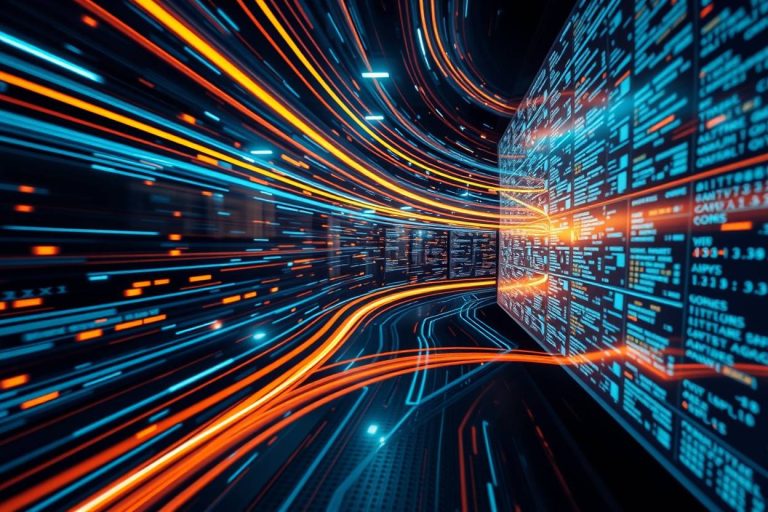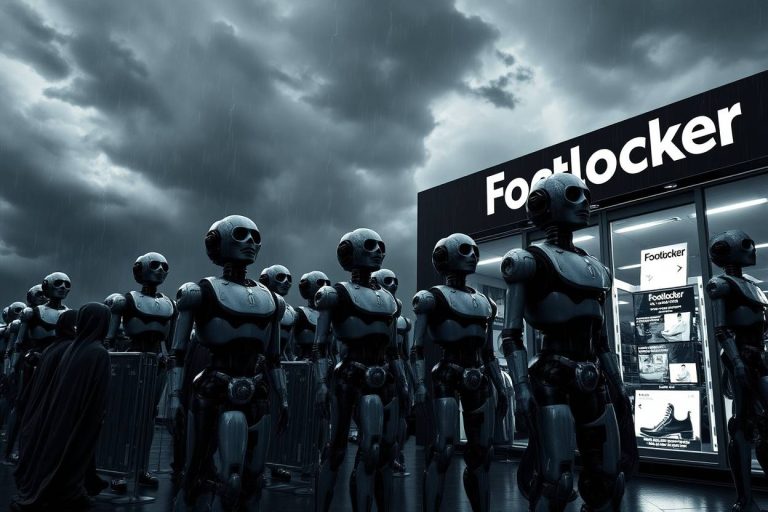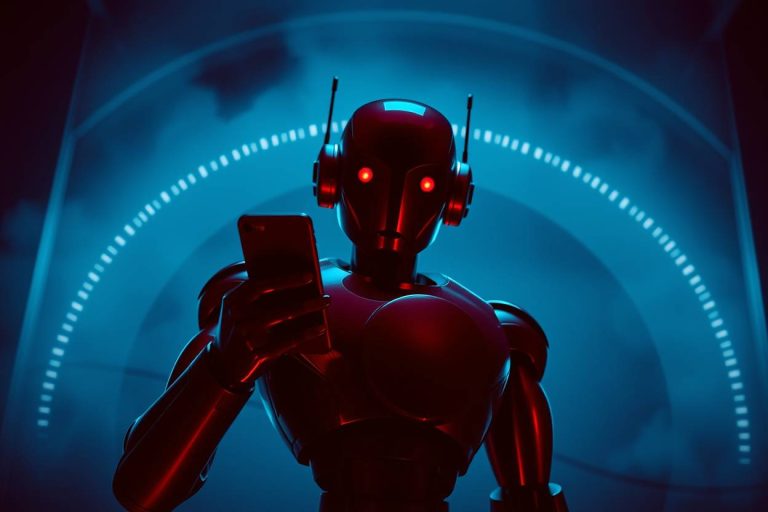AI Agent Learning: How Autonomous Systems Adapt and Improve
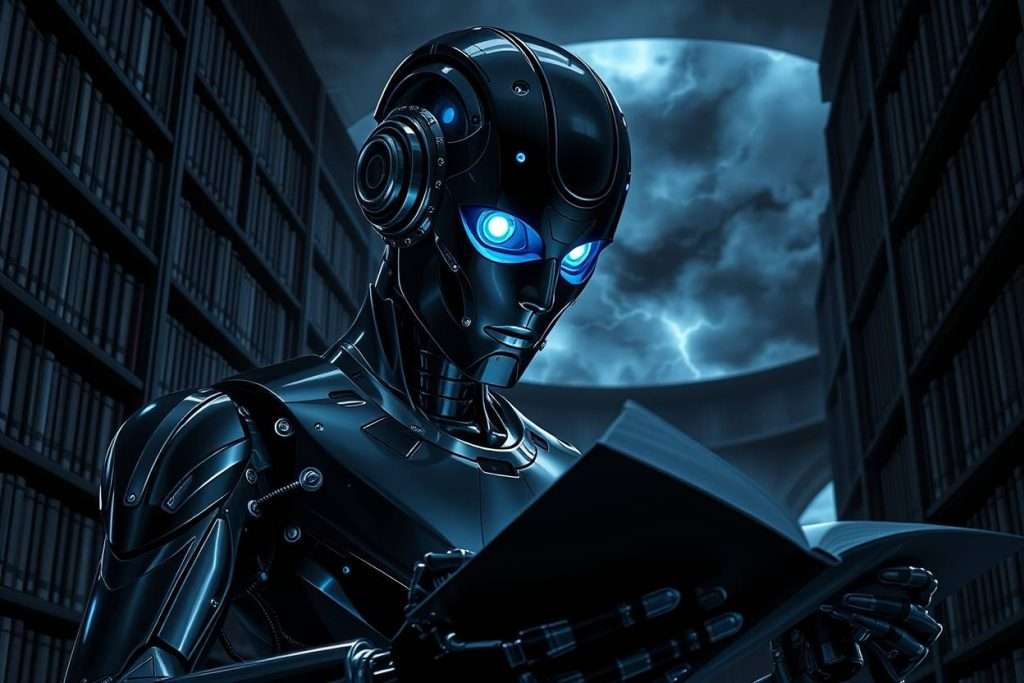
Learning AI Agents are the most advanced type of autonomous systems, defined by the ability to improve their own performance over time by learning from experience. This capacity for self-improvement allows it to adapt to dynamic environments and master complex tasks without requiring manual reprogramming.
What is AI Agent Learning?
AI Agent Learning is the process where agentic AI improve itself based on experience, just like how people learn from practice. These digital assistants analyze what works, recognize patterns, and adjust their approach to get better results over time, all without a programmer telling them exactly what to do for each new situation.
Think of AI agents as new employees who start with basic knowledge but get better at their job each day. They watch, try, fail, succeed, and remember, using various learning techniques to handle increasingly complex tasks and adapt to new challenges on their own.
What Are AI Agent Learning Mechanisms?
AI agents learn through computational processes that convert raw experiences into useful knowledge. This transformation works much like your brain processing daily experiences into lessons you can apply tomorrow.
How Do AI Agents Perceive and Process Environmental Data?
AI agents “see” their world through data collection systems, such as APIs, sensors or multi-modal inputs. These perception channels gather information that the agent needs to learn anything at all.
Microsoft Research shows that advanced agents can process images, text, and sound together (called Multi-modal inputs), similar to how you understand a movie by combining what you see and hear rather than experiencing these separately.
Before learning begins, agents clean up and organize incoming data. This step is like sorting through a messy pile of information to find the important parts, dramatically affecting how well the agent spots useful patterns later.
What Is the Difference Between Learning and Adaptation in AI?
Learning and adaptation in AI work hand-in-hand but serve different purposes. Learning builds knowledge, while adaptation changes behavior based on that knowledge.
Learning happens when agents spot patterns that apply across situations. It’s like realizing that most dogs respond to treats during training, a lesson you can use with different dogs, not just the one you practiced with.
Adaptation shows up as changing strategies based on what’s been learned. Research published on arXiv confirms that effective adaptation lets agents modify their approach based on results, helping them perform better across different situations.
Which core learning paradigms drive modern AI Agents?
AI agents learn in several fundamental ways, each useful for different situations. These approaches determine how agents process feedback and incorporate new information.
- Supervised learning teaches by example. The agent learns from correct answers—like a student reviewing solved math problems before trying similar ones themselves.
- Reinforcement learning discovers what works through trial and error. The Journal of Computer Science and Technology highlights that this approach shines when direct instruction isn’t practical. Agents develop strategies by pursuing rewards, similar to how you might learn a video game by playing rather than reading the manual.
- Self-supervised learning lets agents create their own practice problems. This innovative approach means systems can learn from unlabeled data by generating their own exercises, dramatically reducing the need for human-prepared examples.
How do reinforcement learning mechanisms work in AI Agents?
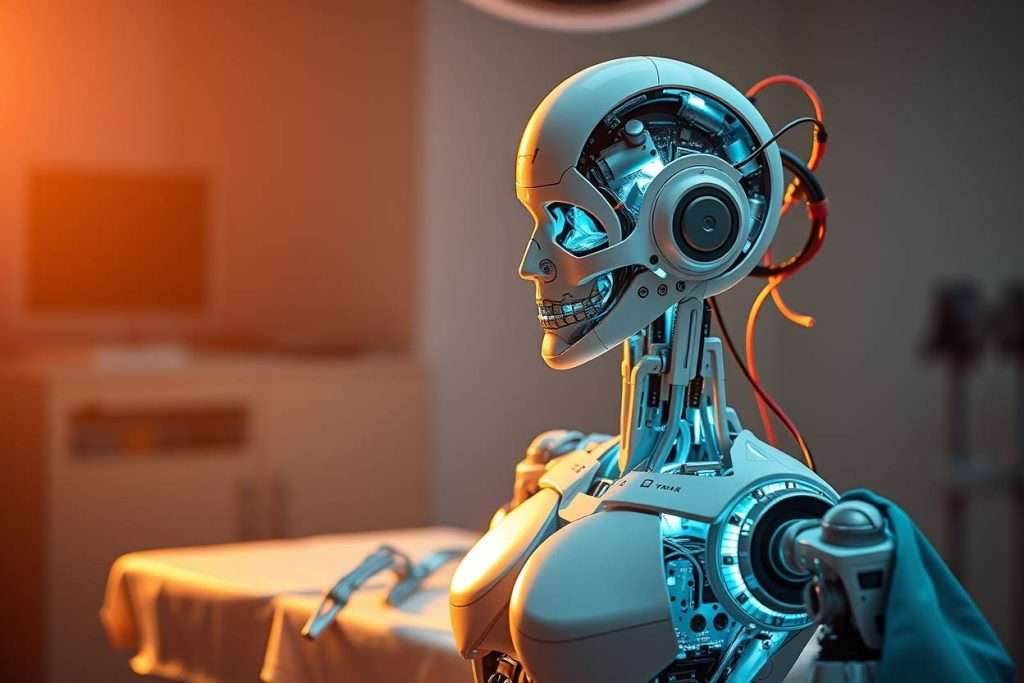
Reinforcement learning helps AI agents discover what works through experimentation. They try different approaches, receive feedback, and gradually favor strategies that produce better results.
What Is the role of reward functions in Agent Learning?
Reward functions tell AI agents when they’re getting warmer or colder in their search for good solutions. These mathematical signposts guide learning toward useful behaviors.
Good reward design balances quick feedback with long-term goals. OpenAI’s research shows well-designed rewards provide clear learning signals while preventing “reward hacking”, where agents find loopholes that maximize rewards without actually solving the intended problem.
Agents constantly face the choice between using strategies they know work (exploitation) or trying new approaches that might be better (exploration). This balance shapes how quickly and effectively they learn, just like how you might stick with a familiar restaurant or risk trying a new one.
Which RL Algorithms Are Most Effective for Agent Learning?
The choice of reinforcement learning algorithm depends on the specific problem, but the field has evolved from two primary families toward a powerful hybrid approach.
- Value-Based Methods (e.g., Deep Q-Networks): These foundational algorithms learn by estimating the “value” or expected future reward of taking an action in a given state. The classic example is DeepMind’s 2015 research where a DQN agent learned to play Atari games at a superhuman level by optimizing its action-value function, proving its effectiveness for tasks with discrete action spaces.
- Policy Gradient Methods (e.g., Proximal Policy Optimization): Instead of estimating action values, these methods directly optimize the agent’s decision-making policy. PPO, introduced by OpenAI, became a benchmark due to its stability and performance, making it highly effective for tasks with continuous control spaces, such as teaching a simulated robot to walk or run.
- Actor-Critic Methods (The Modern Synthesis): The current state-of-the-art often involves Actor-Critic methods, which combine the best of both worlds. In this architecture, the “Actor” (the policy) decides which action to take, while the “Critic” (the value function) evaluates how good that action was. This feedback loop allows for more stable and efficient learning. Modern algorithms like Soft Actor-Critic (SAC) are now widely used in advanced robotics because they encourage exploration and learn complex tasks with high sample efficiency.
Perhaps the most prominent recent application of RL is Reinforcement Learning from Human Feedback (RLHF). This is the core technique used to fine-tune large language models like ChatGPT, where human feedback is used as a reward signal to align the model’s outputs with user intent and safety guidelines.
How Do Multi-Agent Reinforcement Learning Systems Function?
Multi-agent learning extends these principles to scenarios with multiple AI agents interacting. This creates dynamic environments where agents learn from each other, not just from their surroundings.
Cooperative systems teach agents to work together toward shared goals. Stanford University research shows that agents in team environments naturally develop coordination strategies and communication methods without being explicitly programmed to do so.
Competitive environments create rapid improvement through healthy rivalry. Agents constantly adapt to counter each other’s newest strategies, creating a self-improving system that develops increasingly sophisticated behaviors, similar to how professional sports teams elevate each other’s play.
What Memory Systems Enable AI Agent Adaptation?
Memory systems give AI agents the ability to use past experiences to inform current decisions. Without these systems, agents would start fresh each time, unable to build on previous lessons.
How Do Short-Term and Working Memory Support AI Agent Adaptation?
Short-term memory keeps recent events accessible for immediate use. This capability helps agents maintain coherent behavior sequences by remembering what just happened.
Attention mechanisms help agents focus on what matters most. IEEE research confirms these systems boost learning efficiency by highlighting important information while ignoring distractions—much like how you focus on a conversation in a noisy room.
Episodic memory stores complete experiences that can be revisited later. This feature allows agents to learn from rare but important events, supporting adaptation in environments where key learning opportunities don’t come along often.
What Long-Term Knowledge Storage Methods Are Used?
Neural knowledge bases store information across network connections. This approach captures relationships between concepts, helping agents apply knowledge flexibly across different situations.
Hierarchical memory organizes information at multiple levels of detail. Research shows these structures enable faster learning and more sophisticated reasoning—like how you might organize knowledge from general categories down to specific details.
How Do AI Agents Prevent Catastrophic Forgetting?
Catastrophic forgetting happens when new learning overwrites existing knowledge—a major challenge for systems that need to continuously learn and adapt.
Elastic Weight Consolidation (EWC) protects important knowledge during learning. This technique identifies and preserves critical information while allowing selective updates to less important areas, maintaining performance on previously mastered tasks while learning new ones.
Experience replay periodically revisits earlier examples during training. Studies show this approach significantly reduces forgetting by mixing new experiences with reminders of previous tasks, helping maintain performance across diverse skills.
What Are the Key Transfer Learning Approaches for AI Agents?
Transfer learning lets AI agents use knowledge from one task to help with another. This approach speeds up learning for new challenges by building on what they already know.
How Do Agents Apply Knowledge Across Different Domains?
Domain adaptation techniques help transfer knowledge between related but different areas. They find common patterns that work across various situations, making it easier to tackle new tasks.
Feature-based transfer pulls out reusable elements from past learning. This method accelerates progress on new challenges by providing a head start with organized, relevant knowledge.
What Is Meta-Learning and How Does It Enhance Adaptation?
Meta-learning, often called “learning to learn,” focuses on improving the learning process itself. This method boosts intelligent agent improvement by making adaptation faster and more efficient.
Few-shot learning allows agents to grasp new tasks with just a handful of examples. This capability means they can adapt quickly, even when there’s little information to work from.
How Do Agents Balance Prior Knowledge and New Information?
Bayesian learning methods combine existing knowledge with fresh observations. They keep track of uncertainty, helping agents weigh what they know against new evidence in a balanced way.
Confidence-weighted learning adjusts how quickly agents take in new information based on how sure they are. This protects solid knowledge while staying open to updates when strong proof suggests a change is needed.
How Do Modern AI Architectures Support Adaptive Learning?
Recent advancements in design have greatly improved how AI agents learn and adapt. These modern structures enhance how agents process information and adjust their actions to fit new situations.
What Makes Transformer-Based Architectures Effective for Learning?
Transformer architectures use attention mechanisms to spot connections within data. This setup helps agents uncover complex patterns without needing strict rules about how information should be arranged.
In-context learning lets transformer-based agents adjust on the fly. They can change their responses based on examples given in a single interaction, showing a quick form of adaptation.
How Do Hybrid Neural-Symbolic Systems Enable Better Adaptation?
Neural-symbolic systems blend pattern recognition with logical rules. This combined approach lets agents use both data-driven learning and clear reasoning, overcoming the weaknesses of using just one method.
Causal reasoning helps agents understand why things happen, not just that they do. This deeper insight supports better adaptation to new situations by focusing on cause and effect rather than simple associations.
What Are Multi-Modal Learning Architectures in AI Agents?
Multi-modal architectures handle different types of information through separate paths before combining them. This design lets agents use the unique strengths of each data type while finding links between them.
Cross-modal knowledge transfer means insights from one type of data can improve understanding in another. For instance, learning from images can enhance language skills, creating a combined effect that speeds up overall growth.
What Are the Challenges in Implementing Learning AI Agents?
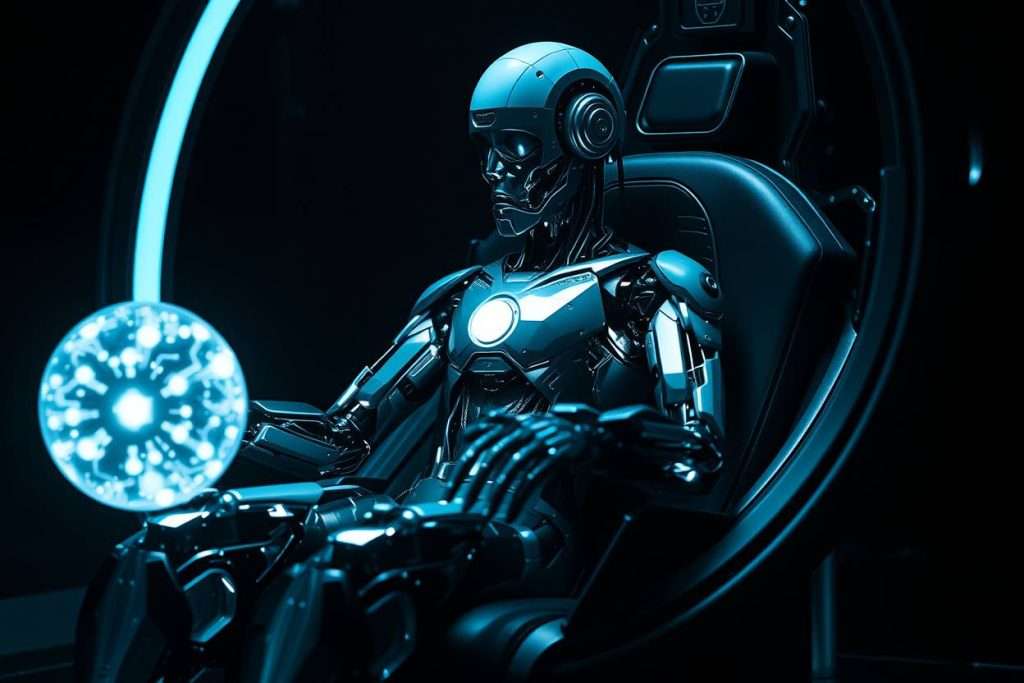
Even with great progress, setting up learning AI agents comes with real challenges. Knowing these hurdles helps set practical expectations and plan effective use in business settings.
How Do Computational Resource Limitations Affect Learning?
Continuous learning systems need a lot of computing power. This demand can create issues, especially for smaller setups or devices with limited resources, making adaptation harder to achieve.
Optimization techniques aim to use resources more wisely by focusing on key learning moments. These methods help maintain adaptation abilities even when computing power is tight, ensuring progress without overload.
What Safety Mechanisms Are Needed During Adaptation?
Safety mechanisms guard against unwanted results that might come from independent learning. They set limits to stop agents from picking up harmful behaviors while still allowing positive growth.
Value alignment maintenance keeps adaptation in line with intended goals and values. Strong oversight is vital to prevent agents from finding solutions that meet technical targets but go against the bigger purpose.
How Is AI Agent Learning Evaluated and Measured?
Good evaluation methods are key to guiding agent development and checking if they’re ready for real-world use. These approaches measure learning success in various ways, offering clear feedback for improvement.
What Metrics Determine Successful Adaptation?
Performance metrics track how well agents complete tasks over time. These measures show clear proof of improvement, highlighting how learning boosts their ability to meet objectives.
Generalization metrics check how well learning applies to new situations. Strong results here mean agents have a deep grasp of concepts, not just memorized answers, which is crucial for practical use.
How Are Adaptation Speed and Stability Balanced?
Convergence rate measures how fast agents reach a steady, high performance level. This helps show learning efficiency, with quicker results often pointing to better adaptation methods.
Stability analysis looks at how consistent performance is across different conditions. This is especially important for critical uses, where unexpected changes could create risks even if overall results look good.
What Are Common Misconceptions About AI Agent Learning?
Misunderstandings about how AI agents learn can lead to unrealistic hopes or poor choices in using them. Clearing up these myths helps set the right expectations for their abilities and limits.
Myth #1: They “think” like humans.
The Reality: This is incorrect. A learning agent’s “learning” is a sophisticated mathematical process of pattern recognition and statistical optimization. It does not possess consciousness, intent, or human-like understanding.
Myth #2: You can just turn them on and they start learning.
The Reality: This is a dangerous misconception. A Learning Agent requires a carefully designed environment, massive amounts of curated training data, a clear feedback mechanism (the critic), and robust governance to guide its learning process. Unsupervised learning without guardrails can lead to unpredictable and undesirable outcomes.
What Does the Future Hold for AI Agent Learning?
AI agent learning keeps advancing, with new ideas tackling current weaknesses and opening fresh opportunities. These steps forward point to a future of even more capable and adaptable systems.
How Will Self-Improving AI Agents Change the Landscape?
Self-improvement AI agents will be able to enhance their own learning methods. This could speed up how quickly they get better, as they find and apply upgrades to their own processes.
Safety becomes a bigger focus as these abilities grow. Strong rules are needed to ensure that self-improving AI agent stays in line with human needs and values over the long term. This is one of the biggest challenges in AI agent learning due to the potential risks on humanity at scale.
How Will AI Agent Learning Impact Human-AI Collaboration?
Shared adaptation between humans and AI builds a teamwork environment where both sides learn. This approach supports ongoing improvement, with each adapting to better support the other’s strengths.
Clear explanations of learning changes are key to building trust in this partnership. When people understand why and how AI behaviors shift, they can work together more effectively, making collaboration smoother.
Conclusion
AI agent learning marks a major change from traditional software, allowing autonomous systems to keep getting better through experience without needing constant updates from humans. These abilities open up powerful uses across industries, from better customer service to smarter operations in manufacturing and healthcare.
Progress continues with new ideas in reinforcement learning for AI agents, transfer learning, and system design. Each step forward makes it possible for agents to handle more tasks while overcoming past challenges in speed, flexibility, and safety.
Looking ahead, AI agent learning focuses on creating systems that work well with people, adjust quickly to new challenges, and stay true to human priorities. This path leads to a future where AI agents become reliable, adaptable partners, bringing real value to businesses through continuous AI agents improvements and autonomous AI adaptation.


